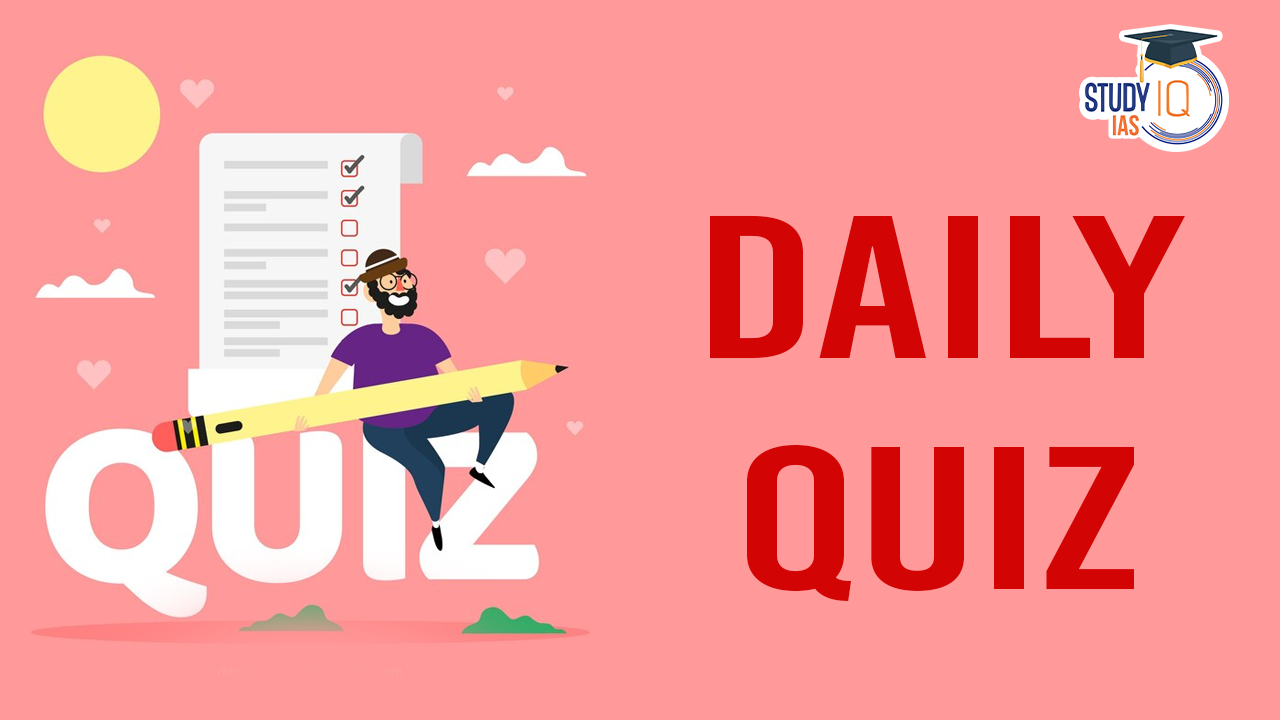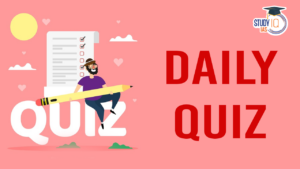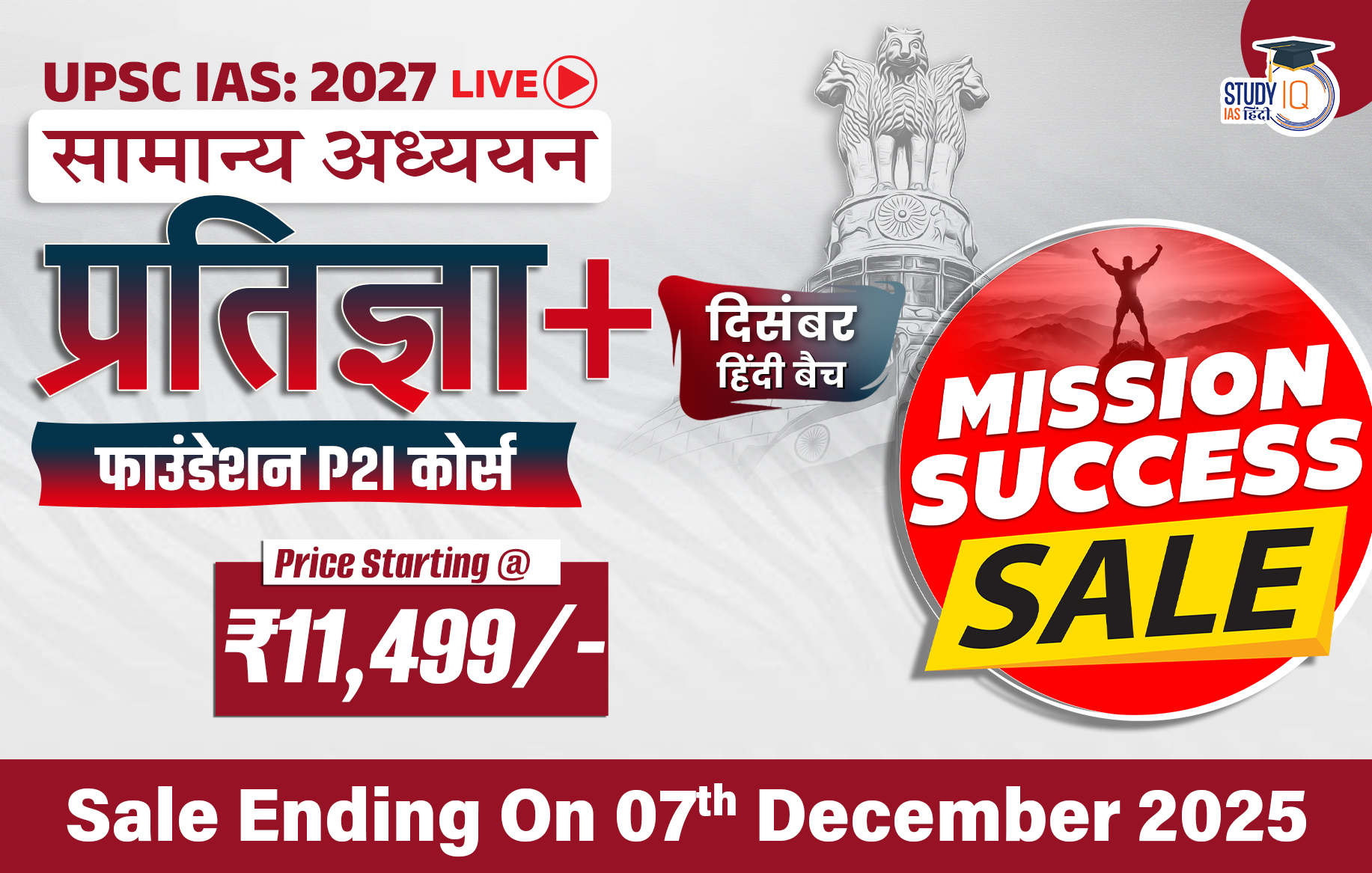Sharing is caring!
Top Performing
Daily Quiz 18 June 2025
Empowering You with Knowledge with StudyIQ Daily Quiz Practice Initiatives for the UPSC and State PSC Preparation. Attempt here Daily Quiz 18 June 2025.
Posted bySakshi Gupta Last updated on June 18th, 2025 07:37 pm
Leave a comment on Daily Quiz 18 June 2025

About the Author
Sakshi Gupta
Author
Greetings! Sakshi Gupta is a content writer to empower students aiming for UPSC, PSC, and other competitive exams. Her objective is to provide clear, concise, and informative content that caters to your exam preparation needs. She has over five years of work experience in Ed-tech sector. She strive to make her content not only informative but also engaging, keeping you motivated throughout your journey!
TOPICS:
Downloads
UPSC Test Series
Get Newsletter

 Daily Quiz 18 September 2025
Daily Quiz 18 September 2025

























